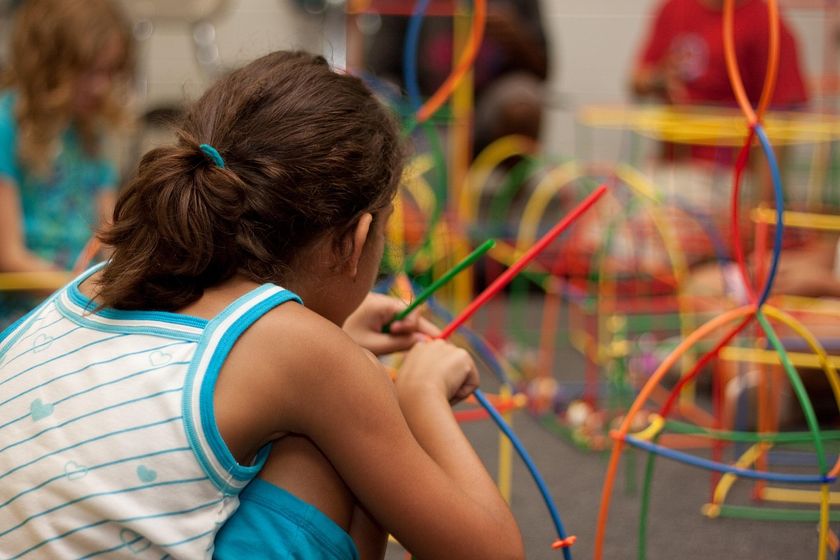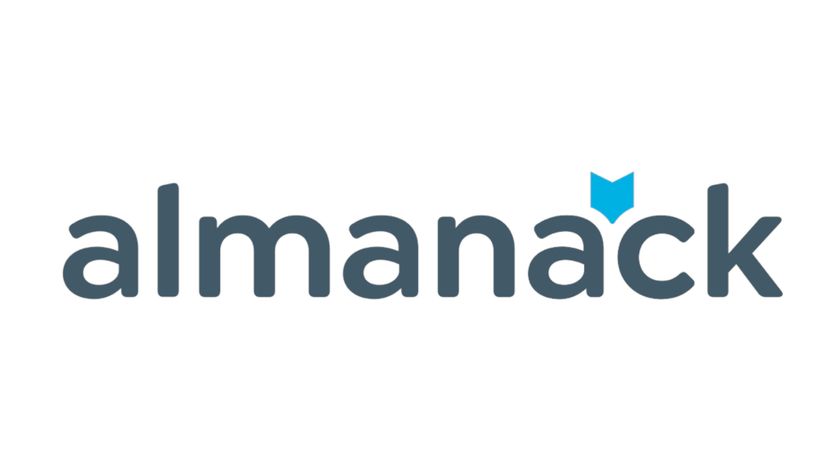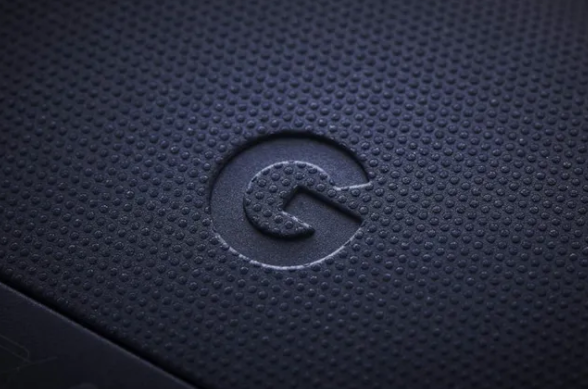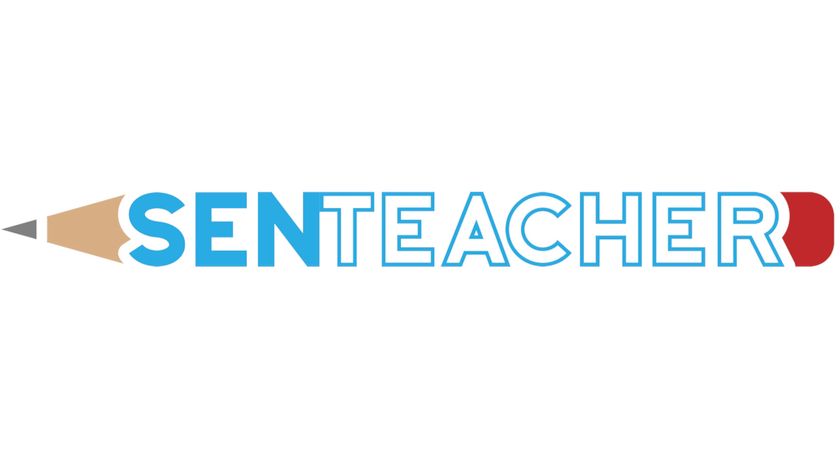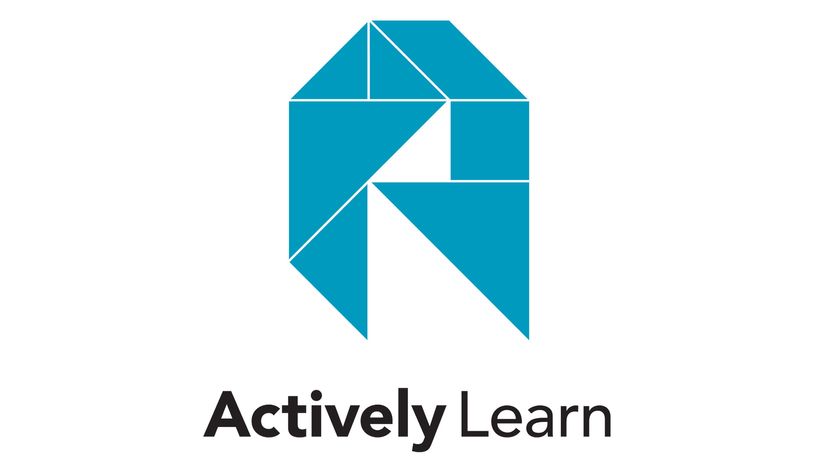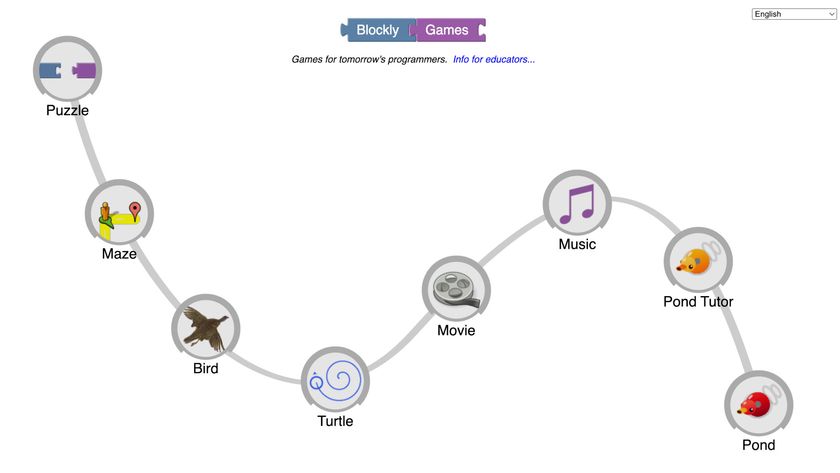What to Know About Buying Drones for Schools
Buying drones for schools can take educational goals to new heights
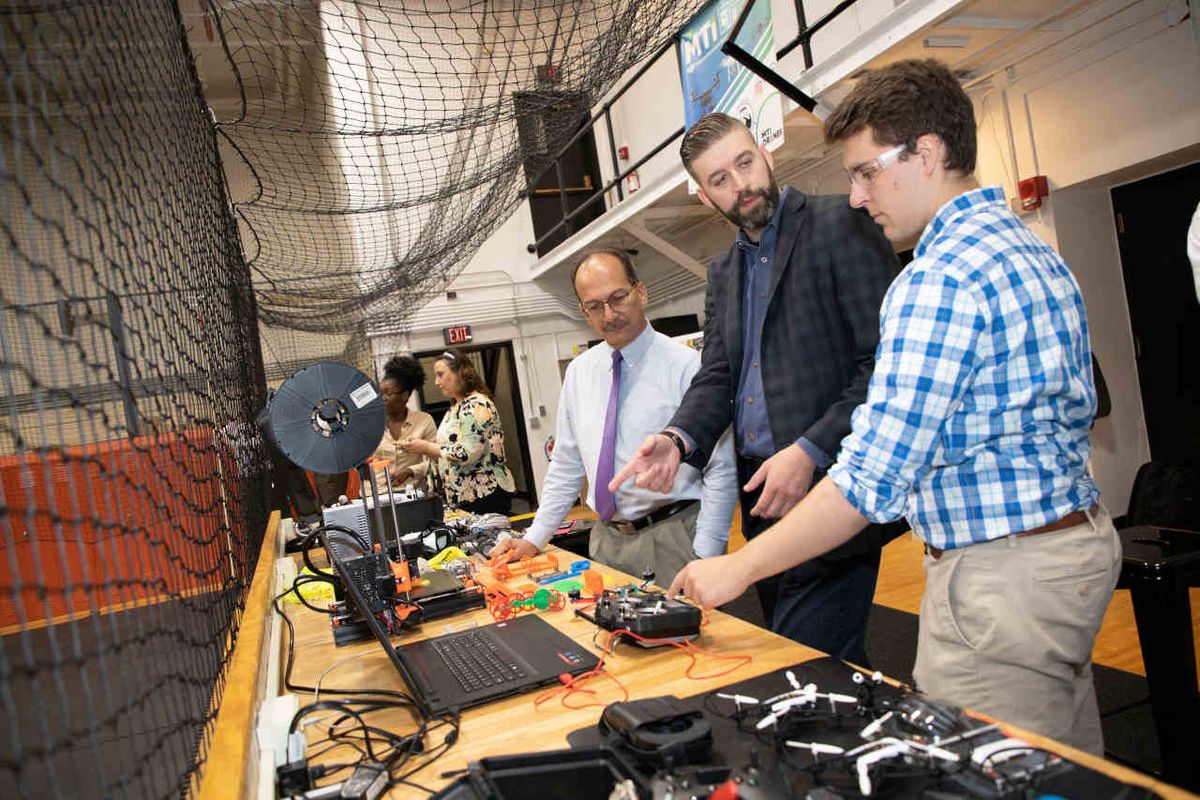
If you're considering buying drones for schools, this guide could help you find the ideal setup to ensure pupils and educators have the best experience possible. Once you know what you need, it should make picking the best drones for schools a better process.
A great place to start is need. Think about what need a drone will serve in your school. Is this to get some aerial shots of the buildings for promotional videos? Are these specifically for coding and programming lessons that result in real-world actions? Is drone building a great way to help teach engineering and physics? Or perhaps it's a bit of all of those things and more.
Essentially, by narrowing down uses you'll be able to make sure you only pay for the features you need and don't waste money on a drone that doesn't ideally serve your purposes.
Read on to find out all you need to think about before buying drones for schools.
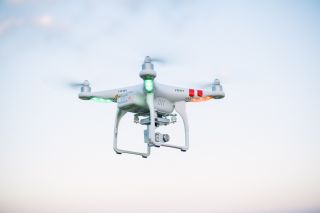
What's it for?
Many different types of drones are now available, capable of a wide range of tasks. But for education specifically, you may want to focus on drones that are capable of helping teach both physical building skills and coding programming. Since many of these also have cameras, using one for other purposes after it's up and running should be an option as well.
That can narrow the list down quite concisely as school-specific drones, with education-focused systems, are fewer in number. You can still get big name options, with lots of support and constant updates, but just expect to potentially pay a premium for the brand name. That said, the extra cost may be there for a reason as these companies offer some well-developed units that are super robust and often are more easy to use and have long warranty coverage.
Programming
If the drone is going to be an extension of a need to teach programming, then you may want to consider models that have the best software support systems. A few options are out there so be sure to keep in mind the type of coding you want to teach and check that the drone is compatible.
Tech & Learning Newsletter
Tools and ideas to transform education. Sign up below.
Some drones offer multiple coding options -- including block-based -- and work with Arduino hardware, so it might be something with which students already have experience. This could simply offer an extension of that virtual world, adding in the excitement of real-world results from their coding efforts.
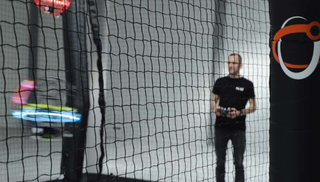
Drone size
The size of the drone could be an important consideration. Essentially, there are two categories to keep in mind, and these are weight-based: The sub 2kg range and the smaller microdrone range.
Generally speaking, the microdrones are targeted at, and are better suited to, beginners. These are more simple in their construction, smaller and lighter for easier flight and simpler storage. Essentially a microdrone is less heavy and so stands less chance of being damaged from crashing, making it well suited to younger students or those new to drone operating.
You may be using drones for sport, such as racing, in which case the lighter and often more nimble microdrones can be the better choice.
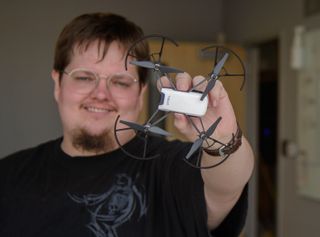
Flight features
Aside from the building and coding of the drone itself, there is also the features it offers which are worth considering. For example, you may want a drone with a decent quality camera to capture images and videos for use in other lessons and areas of the school.
Flight controls are another area to think about as most drones offer auto hovering and even object detection to avoid crashing -- useful features if younger students are going to be let lose with these units.
Replacement parts are a big consideration too as a crash is inevitable, and damage to a model that can easily swap out parts will make life much easier in the longer term. The availability and pricing of these parts are worth looking into before you commit to any particular brand.
Pricing
Inevitably the price of drones is a consideration. Since this is for school, you may require more than one and often deals can be had for buying in bulk. In fact, some systems even give you central app controls that allow you to better offer the software to students as well as to monitor use. You can also often get bulk charging stations so everything is charged and ready to go each morning.
Take a look at warranty cover as this may be something that gets used after a few crashes. As mentioned before, it also literally pays to check on how affordable and available spare parts are, as you'll likely have need of these.
Luke Edwards is a freelance writer and editor with more than two decades of experience covering tech, science, and health. He writes for many publications covering health tech, software and apps, digital teaching tools, VPNs, TV, audio, smart home, antivirus, broadband, smartphones, cars and much more.



